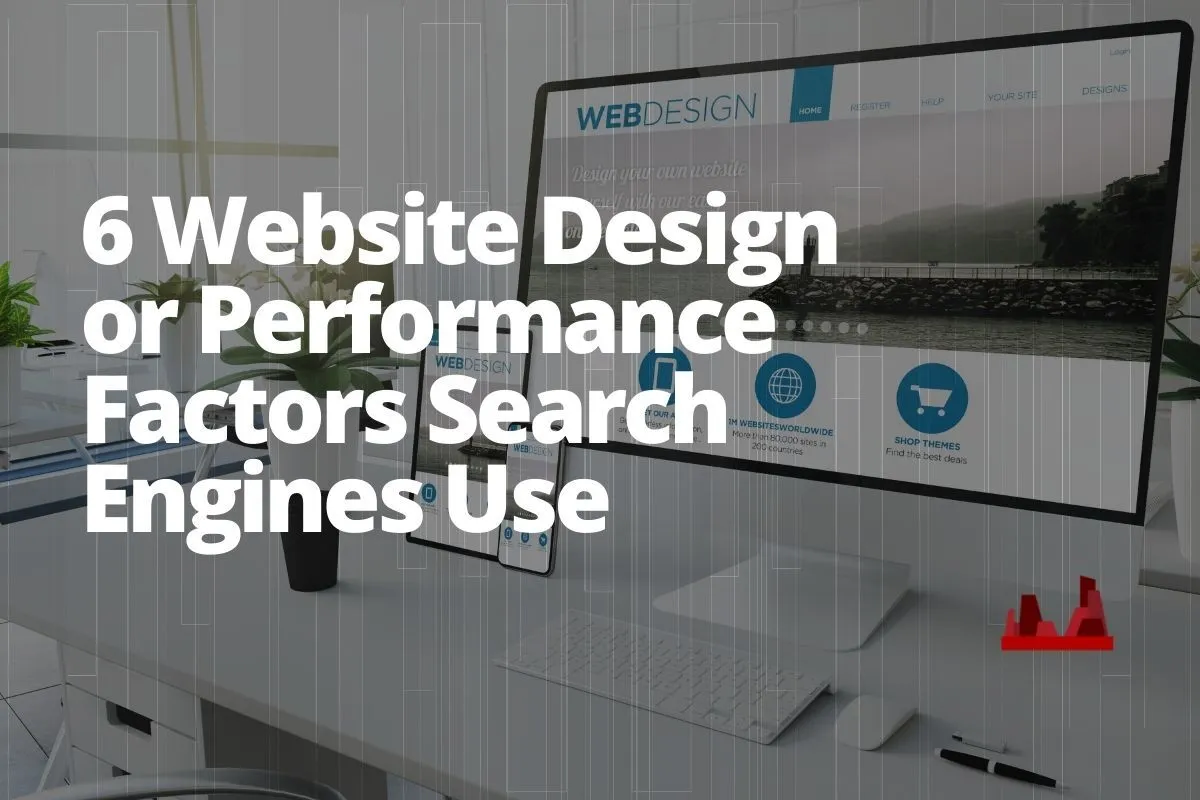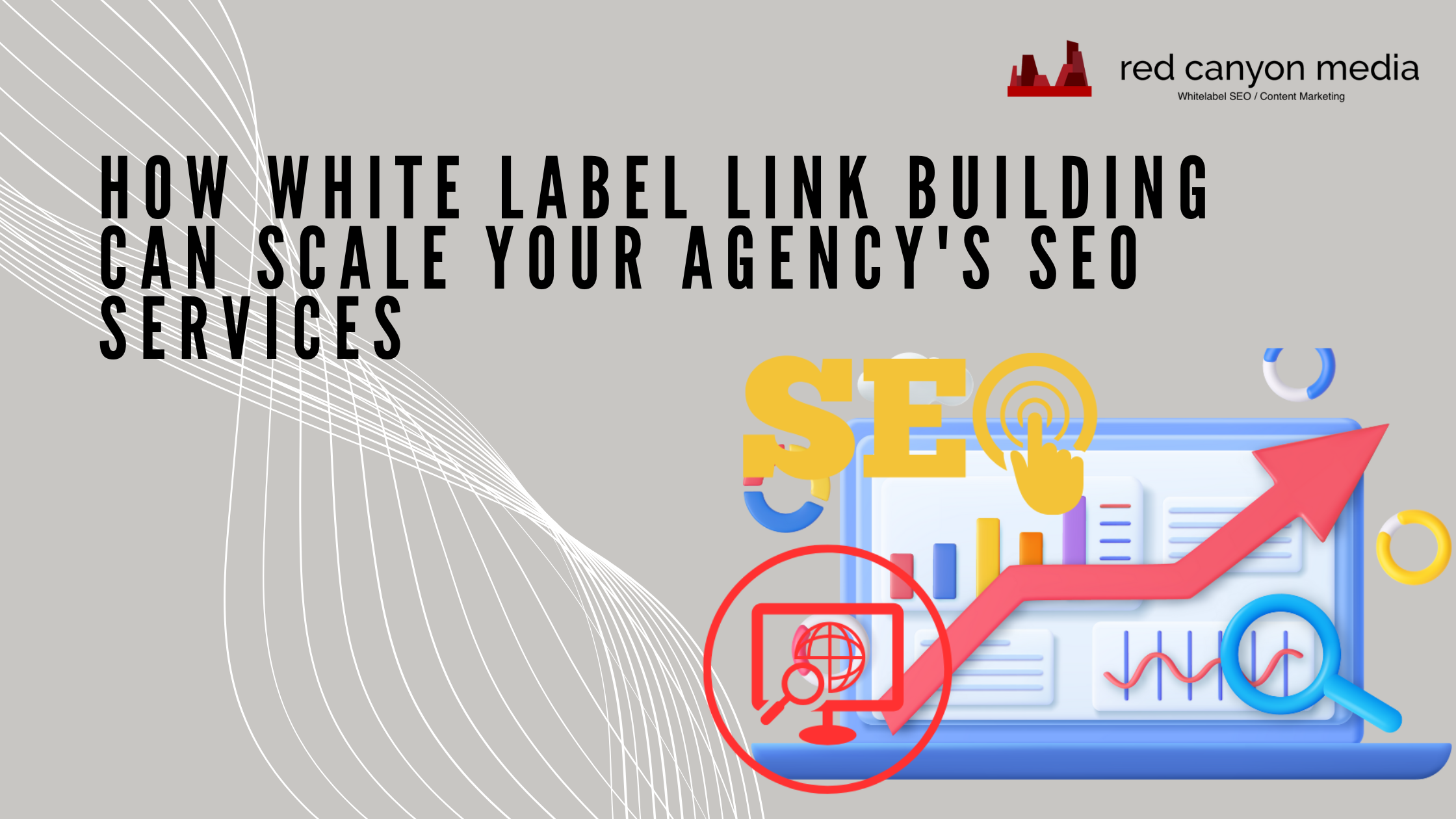Search engines use numerous factors to evaluate web pages. And while every search engine is slightly different, each follows a similar thinking process. In this article, you’ll find all the known website performance factors that can influence your rankings. Specifically, Google’s ‘page experience’ factors since it’s the search engine most consumers use.
1. Core Web Vitals
Recently, Google launched Core Web Vitals – a group of additional factors for measuring page experience. Core Web Vitals is made up of LCP (Largest Contentful Paint), FID (First Input Display), and CLS (Cumulative Layout Shift).
- LCP – Measures loading performance from the user’s perspective. In other words, LCP is the time it takes before a user can see the page’s content. Google recommends 2.5 seconds.
- FID – Measures load responsiveness or the time it takes from when an action is made (e.g., the user clicks a link) to when the browser begins processing it. The recommended time is 100 milliseconds.
- CLS – Measures visual stability or how stable a web page is during and after it loads. The recommendation is a CLS of less than 0.1
2. Page Speed
Page speed is the duration (or time) it takes for your page to fully display its content (aka page load time). Some people measure page speed using TTFB (time to first byte). That’s the time it takes before a browser receives the first byte of data from the webserver.
3. Mobile-friendliness
Mobile-friendliness refers to how well a site is optimized for mobile devices. It’s a significant part of page experience, and mobile-friendly pages typically outrank those that aren’t.
4. Safe Browsing
Safe browsing is a Google service that checks URLs against a frequently updated threat list and warns webmasters about issues, including users. You essentially have to do everything possible to secure your website. That should help prevent malicious attacks like hacking, which can cause your site to be included in the harmful web resources list.
5. HTTPS
Hypertext Transfer Protocol (HTTP) is used to communicate over the Internet. As for HTTPS, the ‘s’ stands for secure. That means communications between the client and the server are encrypted using Transport Layer Security (TLS), the successor to Secure Sockets Layer (SSL).
6. Intrusive Interstitials
Intrusive interstitials are popups that obstruct the user’s ability to access the entire page. These intrusive popups can lead to a horrible user experience on mobile and desktop devices. Make sure your interstitials have a clear purpose and don’t take up too much space. For instance, a relatively small cookie usage notice that asks the user to accept or decline is fine.
Work in the exact way you want with scalable white-label SEO workflow management and fulfillment – Learn more.
The post 6 WEBSITE DESIGN OR PERFORMANCE FACTORS SEARCH ENGINES USE appeared first on Red Canyon.



